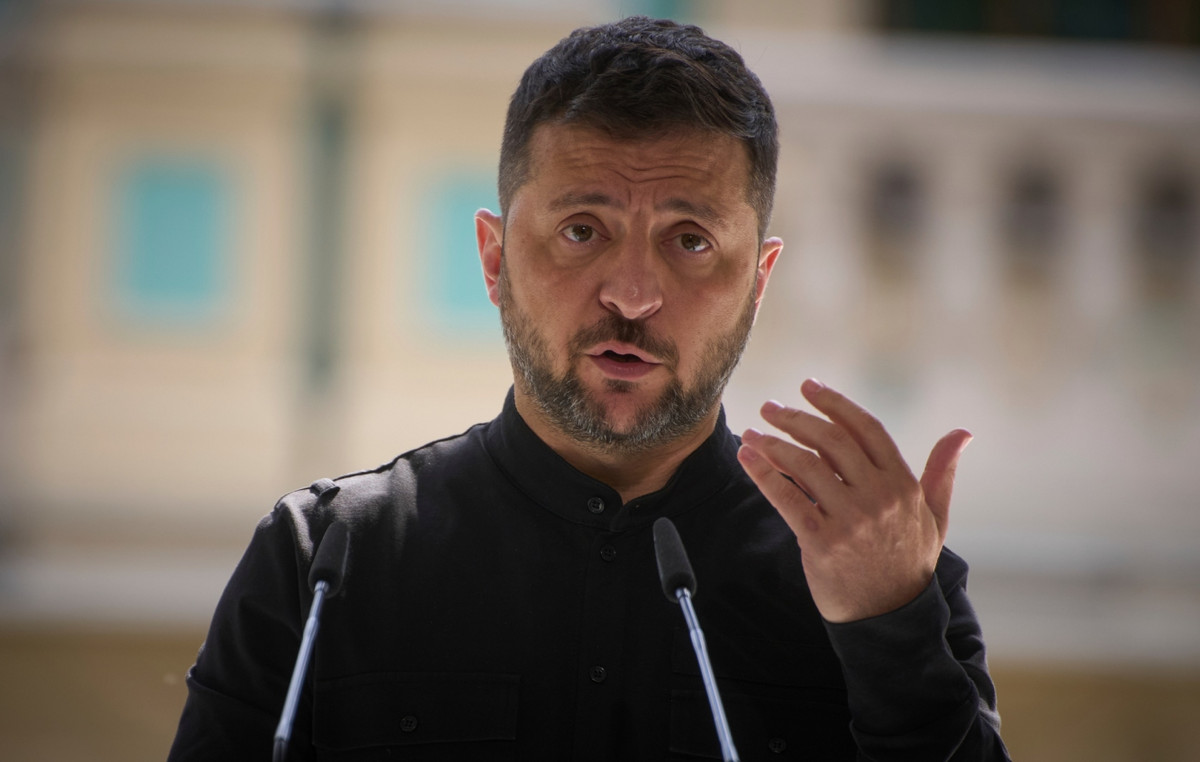Brazilian revenue from the mineral extractive sector is expected to grow more than 100% by 2030 and reach an accumulated high of over R$1 trillion in the period.
The activity will be responsible for the equivalent of 2.11% of the Brazilian Gross Domestic Product (GDP), driven by the increase in national oil production, but also impacted by commodities such as natural gas and iron ore. Between 2011 and 2020, the segment only accounted for less than half of this: 0.92%.
The calculations are from the Brazilian Institute of Economics, from Fundação Getúlio Vargas (FGV Ibre) and take into account a scenario in which a barrel of Brent oil would be traded at US$ 65.
The projection was made by economist Bráulio Borges and involves an average. In the most optimistic scenario, the collection even triples.
Currently, the cost of a barrel has varied between US$ 110 and US$ 120 (between R$ 566.5 and R$ 618) on the international market, in an environment marked by the scarcity of oil derivatives and uncertainties caused by the War on Ukraine and the European embargo on Russian production, in a reaction to the conflict in Eastern Europe.
According to Borges, the Brazilian mineral extractive sector was responsible, on average, for 0.92% of the Brazilian GDP between 2011-2020.
Currently, the country is the ninth largest producer and exporter of oil in the world, with about 2.9 million barrels equivalent per day. Most of the production is concentrated in the pre-salt layer.
The research works with data from the state-owned Empresa de Pesquisas Energéticas (EPE). The federal agency points out, in its Ten Year Energy Plan (PDE) 2030 that, by that year, production will reach 5.2 million barrels of oil equivalent.
A growth of 80%, which will make the country gain positions in the ranking of largest producers and exporters.
Worrying about a legacy
Borges points out that the increase in revenue from the mineral extractive industry, driven by the increase in oil prices in the short term, and with the expansion of production and taxation of crude oil in the long term, generates new responsibilities for public managers.
“The idea of the study is to map the collection, which seems to be off the radar. According to the fiscal projections of the International Monetary Fund, nobody anticipates this balance. The first step is to recognize that extra income.
This period is the period in which we estimate the peak of oil production. After that, the tendency is for a fall, either because there are no new reserves, or because of demand”, evaluates the researcher at FGV Ibre.
In this scenario, the concern with how resources will be used becomes even more important, since many projections indicate that, in 2050, with the global commitments of decarbonization and energy transition, the world demand for oil will be 30 million barrels of oil equivalent per day: one third of the current one.
In the study, the economist indicates three segments as priorities to receive investments from resources from this source: human capital, with an emphasis on health and education, infrastructure, to impact well-being and influence changes in the energy matrix, and fiscal consolidation, with the reduction of public debt.
“The world will continue to demand a lot of oil and Brazil is very well positioned, both to meet demand and to enter new markets, such as green hydrogen, which has been the rage in the transition discussion. Mainly at the European level. If we are going to let this recipe go in without planning its use, we will waste it”, he warns.
Professor of Petroleum Geopolitics at the Oil and Gas Economics MBA at the UFRJ Polytechnic School, Marcelo Simas highlights the importance of directing part of this volume of resources to research and development.
According to him, the objective of the measure would be to diversify the Brazilian economy and stimulate the leadership of sectors of the global value chain.
“It is a process that will help in the formation of qualified labor for the country. We need a lot of resources in education, science, technology and innovation. There is a need to learn from previous commodity cycles, from the beginning of the millennium. It’s a very significant resource, but it’s a recipe you shouldn’t count on. So, it should be applied to a social fund, which should meet national objectives”, explains the UFRJ professor.
Regarding the projection that the volume of oil extraction will begin to fall from 2031 onwards, the expert understands that the fact should force public managers to take more conservative attitudes in managing the volume collected.
However, he points out that there is a trend of reversal of the trend projected by the EPE, which does not mean any kind of mistake in the base study.
“All projections are made in relation to known reserves. Today Brazil has the 15th largest proved oil reserves in the world. And no country sits on its reserves, waiting for them to run out, to find out more. This is an ongoing process. Therefore, the tendency is that more oil will be discovered by then and these projections will be revised”, concludes Simas.
Source: CNN Brasil
I am Sophia william, author of World Stock Market. I have a degree in journalism from the University of Missouri and I have worked as a reporter for several news websites. I have a passion for writing and informing people about the latest news and events happening in the world. I strive to be accurate and unbiased in my reporting, and I hope to provide readers with valuable information that they can use to make informed decisions.







